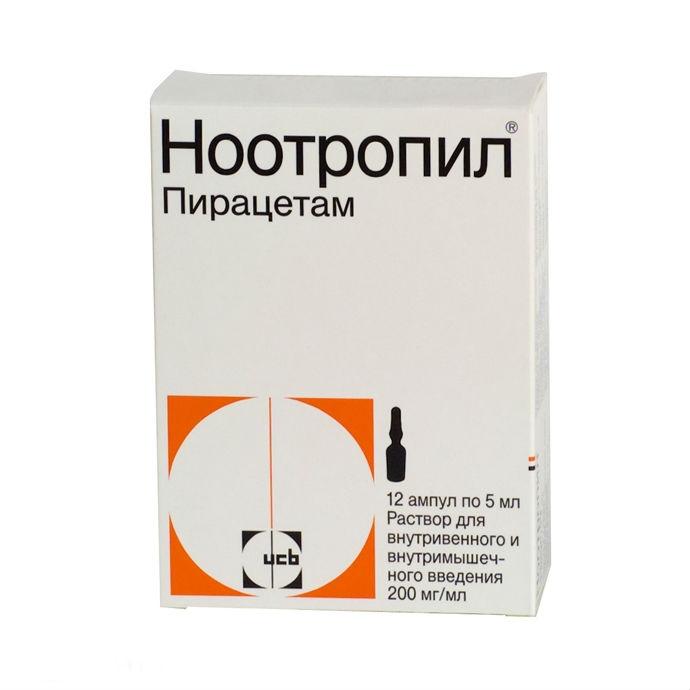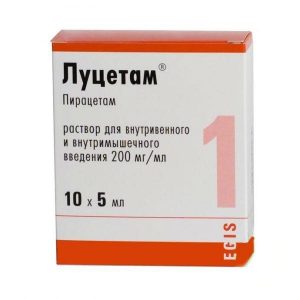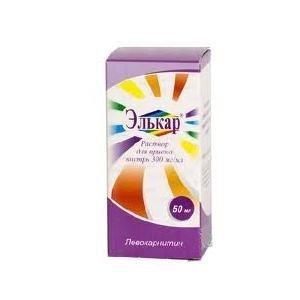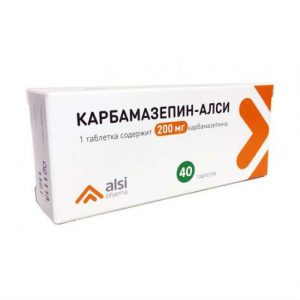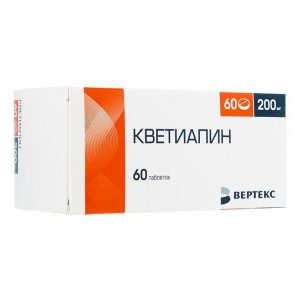Description
Release form
injection
Packing
12 amp. 5 ml each.
Pharmacological action
Nootropil – a nootropic drug.
The active ingredient is piracetam, a cyclic derivative of gamma-aminobutyric acid (GABA).
Improves cognitive (cognitive) processes, such as learning ability, memory, attention, and mental performance.
Nootropil has an effect on the central nervous system in various ways: it changes the speed of excitation in the brain, improves metabolic processes in nerve cells, improves microcirculation, affecting the rheological characteristics of the blood and not causing a vasodilating effect.
Improves connections between the cerebral hemispheres and synaptic conduction in neocortical structures, increases mental performance, improves cerebral blood flow.
Inhibits platelet aggregation and restores erythrocyte membrane elasticity, reduces erythrocyte adhesion. At a dose of 9.6 g, it reduces the level of fibrinogen and Willibrand factors by 30% -40% and lengthens the bleeding time.
Nootropil has a protective and restorative effect in case of impaired brain function due to hypoxia and intoxication.
Reduces the severity and duration of vestibular nystagmus.
Indications
– symptomatic treatment of the psycho-organic syndrome (including in elderly patients with decreased memory, dizziness, decreased ability to concentrate, mood changes, behavior disorders, impaired gait, as well as in patients with Alzheimer’s disease and senile dementia Alzheimer’s type)
– treatment of the consequences of ischemic stroke, such as speech disorders, disorders of the emotional sphere, to increase motor and mental activity
– for the treatment of withdrawal syndrome and psycho-organic syndrome in chronic alcoholism
– coma (and during recovery), incl. after injuries and intoxications of the brain
– for the treatment of dizziness and related equilibrium disorders (except for cases of dizziness of vasomotor and psychogenic origin)
– as part of complex therapy of low learning in children with the psychoorganic syndrome
– treatment of cortical myoclonia (as in the form of monotherapy and as part of combination therapy)
– sickle cell anemia (as part of combination therapy).
Contraindications
– hemorrhagic stroke
– severe renal dysfunction (CC less than 20 ml / min)
– children under 1 year of age
– hypersensitivity to piracetam, pyrrolidone derivatives and other components of the drug.
Special instructions
Caution should be exercised when administering the drug to patients with hemostatic disorders, during major surgeries, or to patients with symptoms of severe bleeding.
In the treatment of patients with cortical myoclonia, abrupt cancellation of the therapy should be avoided, as this can cause renewed seizures.
With prolonged therapy in elderly patients, regular monitoring of renal function is recommended, if necessary, dose adjustment is carried out depending on the results of a study of creatinine clearance.
Nootropil penetrates the filter membranes of hemodialysis machines.
Influence on the ability to drive vehicles and operate machinery
Considering possible undesirable effects, the patient should be careful when working with machinery and driving.
Composition of
1 ml of solution contains piracetam 200 mg
excipients acetate, glacial acetic acid, water
Dosage and administration
Daily doses vary from 30-160 mg / kg body weight. The frequency of administration is 2-4 times / day.
In the treatment of chronic psycho-organic syndrome, the drug is prescribed at a dose of 4.8 g / day for the first week, and then switch to a maintenance dose of 1.2-2.4 g / day.
In the treatment of the effects of ischemic stroke, Nootropil should be prescribed at a dose of 4.8 g / day.
In the treatment of coma, as well as perceptual difficulties in people with brain injuries, the initial dose is 9-12 g / day, the maintenance dose is 2.4 g / day. Treatment should be continued for at least 3 weeks.
With withdrawal from chronic alcoholism, the dose reaches 12 g / day during the manifestation of alcohol withdrawal syndrome. The maintenance dose is 2.4 g / day.
In the treatment of dizziness and related imbalances, the dose is 2.4-4.8 g / day.
With the correction of reduced learning, Nootropil is prescribed in a daily dose of 3.3 g (approximately 8 ml of a 20% oral solution 2 times / day). Treatment should continue throughout the school year.
With cortical myoclonia, treatment begins with a dose of 7.2 g / day, every 3-4 days the dose is increased by 4.8 g / day until a maximum dose of 24 g / day is reached. Nootropil treatment is continued throughout the entire period of the illness. Every 6 months, attempts should be made to reduce the dose or discontinue the drug, gradually reducing the dose by 1.2 g / day every 2 days. In the absence of effect or insignificant therapeutic effect, treatment is stopped.
For sickle cell anemia, the daily prophylactic dose is 160 mg / kg body weight, divided into 4 doses. During the crisis – up to 300 mg / kg iv. This dose may be given to children over the age of 1 year.
Side effects of
From the side of the central nervous system: hyperkinesia (1.72%), nervousness (1.13%), drowsiness (0.96%), depression (0.83%), asthenia (0.23%). These side effects often occur in elderly patients who received the drug at a dose of more than 2.4 g / day. In some cases – dizziness, headache, ataxia, imbalance, exacerbation of the course of epilepsy, insomnia, confusion, agitation, anxiety, hallucinations, increased sexuality.
From the side of metabolism: weight gain (1.29%).
From the digestive system: in some cases – nausea, vomiting, diarrhea, abdominal pain.
Dermatological reactions: dermatitis, pruritus, rash, edema.
Drug interaction
No interaction of Nootropil with clonazepam, phenytoin, phenobarbital, sodium valproate was noted.
Piracetam in high doses (9.6 g / day) increased the effectiveness of acenocoumarol in patients with venous thrombosis: there was a greater decrease in platelet aggregation, fibrinogen, von Willebrand factors, blood viscosity and plasma than with acenocoumarol alone.
The possibility of changing the pharmacodynamics of piracetam under the influence of other drugs is low, because 90% of its dose is excreted unchanged in the urine.
In vitro piracetam at concentrations of 142, 426 and 1422 μg / ml does not inhibit the activity of the isoenzymes CYP1A2, 2B6, 2C8, 2C9, 2C19, 2D6, 2E1 and 4A9 / 11. At a concentration of 1422 μg / ml, slight inhibition of the activity of CYP2A6 isoenzymes (21%) and 3A4 / 5 (11%) was noted. However, the Ki level of these two isoenzymes is sufficient when exceeding 1422 μg / ml. Therefore, metabolic interactions with other drugs are unlikely.
When taking piracetam at a dose of 20 mg / day, C max in plasma and the nature of the pharmacokinetic curve of anticonvulsants (carbamazepine, phenytoin, phenobarbital, valproic acid) in patients with epilepsy receiving constant doses of these drugs do not change. When taking piracetam in a dose of 1.6 g with alcohol, the serum concentrations of piracetam and ethanol did not change.
Overdose
Symptoms: when using piracetam at a dose of 75 g in the form of an oral solution, dyspeptic symptoms such as diarrhea with blood and abdominal pain were noted. There were no other special symptoms of an overdose of piracetam.
Treatment: immediately after a significant overdose when taken orally, you can rinse your stomach or cause artificial vomiting. Symptomatic therapy is indicated, which may include hemodialysis. There is no specific antidote. The effectiveness of hemodialysis is 50-60%.
Storage conditions
The product should be stored in a dry place at a temperature not exceeding 25 ° C.
Deystvuyuschee substances
Piracetam
Pharmacy
Pharmacy Terms
Dosage form
solution for injections and infusions
